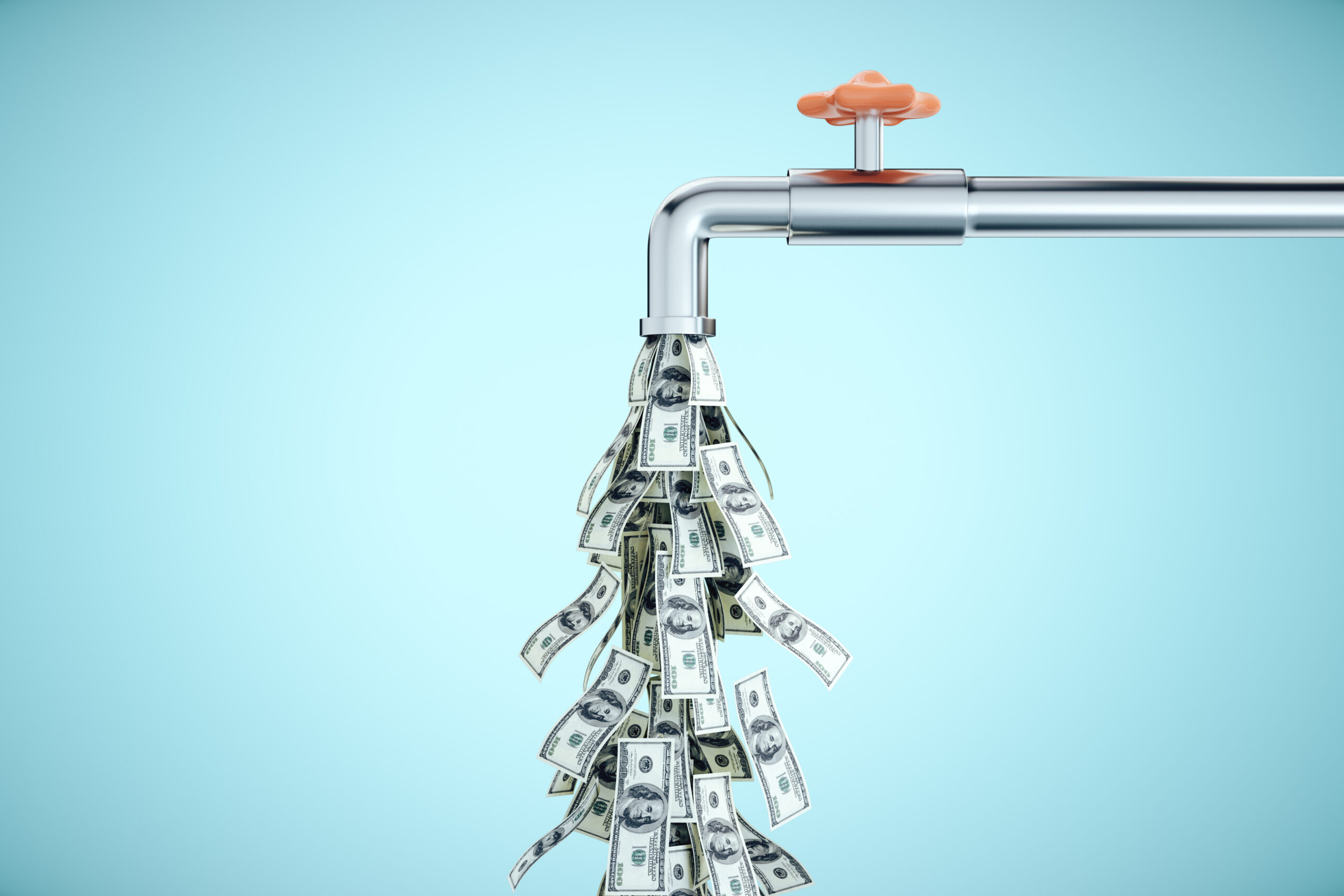How to Improve Cash Flow for Your Small Business
In the dynamic landscape of small business operations, maintaining a robust cash flow is not just beneficial—it’s essential for survival and growth. Effective cash flow management ensures that businesses can meet their financial obligations, invest in opportunities, and cushion themselves against unforeseen challenges. Notably, poor cash flow management has been identified as a contributing factor in 82% of small business failures, underscoring its critical importance.
Effective cash flow management is the cornerstone of a thriving small business. Implementing the following strategies can significantly enhance your financial stability:
1. Negotiate Favorable Terms with Suppliers
Engage in discussions with your suppliers to secure discounts for bulk purchases or to establish flexible payment plans. Such negotiations can lead to cost savings and more predictable cash outflows.
2. Expedite Receivables Collection
Ensure that your invoicing process is efficient and that outstanding invoices are promptly addressed. Offering early payment discounts can incentivize customers to settle their bills sooner, thereby improving your cash inflow.
3. Simplify Payment Processes
Provide multiple, user-friendly payment options to your customers. By making it easier for them to pay, you reduce delays and enhance cash flow.
4. Implement Dynamic Discounting
Consider adopting dynamic discounting strategies, where you offer varying discounts based on the timing of payments. This approach not only incentivizes early payments but also strengthens supplier relationships.
5. Utilize Cash Flow Forecasting
Regularly forecasting your cash flow helps you anticipate potential shortfalls and allows for proactive measures. This practice ensures that you maintain adequate liquidity to meet obligations and seize growth opportunities.
6. Explore Alternative Financing Options
If traditional loans are not accessible, consider options like invoice factoring or merchant cash advances. These alternatives can provide immediate funds by leveraging future sales or receivables. However, it’s crucial to assess the costs and terms associated with these financing methods.
7. Lease Equipment Instead of Purchasing
Leasing essential equipment can preserve cash reserves and provide flexibility. While it may result in higher long-term costs compared to purchasing, leasing can be a viable short-term solution to maintain cash flow.
8. Optimize Inventory Management
Regularly review your inventory to identify slow-moving items. Implementing strategies to liquidate these products can free up cash and reduce holding costs, thereby improving cash flow.
By adopting these strategies, small business owners can enhance their cash flow, ensuring operational stability and positioning their enterprises for sustained growth.
For a more detailed account, you can read the original article here!
